

With one of the most notable sources of workforce diversity today being age, many businesses are embracing multigenerational teams. For the first time in history, five generations—The Silent Generation, Baby Boomers, Gen X, Millennials, and Gen Z—are working side by side. This multigenerational workforce brings a variety of experiences, perspectives, and expectations to the table, creating both challenges and opportunities for organizations.
But despite these differences, one thing remains true. Top employees, no matter their generation, want the same thing: a long, fulfilling career with a company that fully supports them. Whether they prefer face-to-face communication, digital platforms, or flexible working hours, these high performers across all generations share a common desire for career stability and growth with a company that fully supports their whole self.
Understanding the Generational Divide: Communication is Key
While communication styles can differ significantly between generations, successful leaders recognize that this doesn’t have to be a barrier. Instead, it can be an opportunity. As Tony Robbins aptly put it, “To effectively communicate, we must realize that we are all different in the way we perceive the world.” This awareness allows managers to meet the needs of their employees, no matter their age, by understanding and adapting to their unique preferences.
For instance, Baby Boomers may value in-person meetings. On the other hand, Millennials and Gen Z may prefer digital channels like Zoom or Slack. However, what truly matters across multigenerational teams is not the method of communication, but the message itself. And that is clear, consistent, and inclusive communication that helps employees feel heard, respected, and valued.
It’s not just about bridging generational gaps. It’s about recognizing that all employees, whether they are Baby Boomers or Gen Z, want to feel like they are contributing to the company’s success. Leaders should use their understanding of communication preferences to foster an environment where all employees feel connected, regardless of their age.
Top Performers Share Common Goals Across Generations
Interestingly, despite the varying preferences and experiences of each generation, the top performers within each age group tend to have similar career expectations. These employees want to stay with a company long-term. A Deloitte study reported that 81% of top performers valued job security and long term career growth. But, they want more than just recognition for their work… they want to know that their employer fully supports them. With the increase of work and personal technology living on the same devices, “bringing work home” is not limited to when a big project is going on. Rather, it is every single day. Employees understand that this is a requirement of modern work. But, in turn, these top performers are asking that their employers make it a two-way street.
For organizations, this insight is crucial: top talent has the highest impact on overall success. So, retaining them requires meeting their shared needs. A company that invests in creating a long-term, supportive career path for top performers is more likely to keep them for years to come. This rings true regardless of whether they belong to Generation X or Gen Z.
In today’s competitive job market, retention is more important than ever. LinkedIn Learning recently highlighted that many companies are struggling to keep employees long-term, as the average job tenure dropped to just 3.9 years in 2024. However, top performers, regardless of their generation, value stability and loyalty in return for meaningful support and professional development. These employees understand that success takes time and effort. Therefore, they seek organizations that provide them with the tools to grow within the company.
Key Factors for Retaining Top Talent Across Generations
So, what do top employees across multigenerational teams want in order to stay and thrive in their careers? While preferences vary slightly depending on industry or role, the underlying themes are remarkably consistent:
- Invest in the Whole Employee: Employees across generations are increasingly looking for work-life integration. They want to know that their employer values their well-being beyond just their professional output. Offering support for employees’ personal lives, including family-oriented benefits and flexible working arrangements, goes a long way in building trust and loyalty.
- Continuous Learning: Regardless of their age, top performers on multigenerational teams are eager to expand their skills and advance their careers. Providing ongoing professional development opportunities not only keeps employees engaged but also demonstrates a company’s commitment to their long-term success. As LinkedIn Learning notes, offering learning opportunities is one of the most effective ways to improve retention.
- Positive Workplace Culture: A positive, inclusive, and supportive workplace culture is essential for all employees. Whether they are Baby Boomers or Gen Z, employees want to feel valued and respected. Companies that prioritize mental health, inclusion, and employee support will attract and retain top performers.
- Competitive Compensation and Benefits: While compensation is only one aspect of employee satisfaction, it remains an important factor in retention. Offering competitive salaries, benefits, and performance-based rewards ensures that employees feel valued for their contributions. As the job market becomes more competitive, companies that fail to offer competitive compensation risk losing their best talent.
Bringing Generations Together for Organizational Success
Ultimately, the success of a multigenerational workforce hinges on one key element. And that is the ability of leaders to foster an environment where all employees feel valued, supported, and empowered. By focusing on shared priorities—like career growth, personal well-being, and a positive workplace culture—organizations can effectively retain top talent across all generations.
Rather than focusing solely on the differences between generations, successful companies understand that employees of all ages want the same thing. They want a long, rewarding career with a company that invests in their growth and well-being. By embracing the multigenerational diversity in your workforce, you can build teams that are not only more engaged and productive. They will also be more loyal and committed to the company’s success.
As the competition for top talent grows, it’s essential for organizations to recognize what people truly want. And, they should also remember that the same factors that drive success for one generation apply to them all. Whether it’s through flexible work arrangements, learning opportunities, or competitive compensation, the path to success is clear: support your top employees, and they will stay with you for the long haul.
Featured Image Credit: Photo by Andrea Piacquadio; Pexels; Thank you.


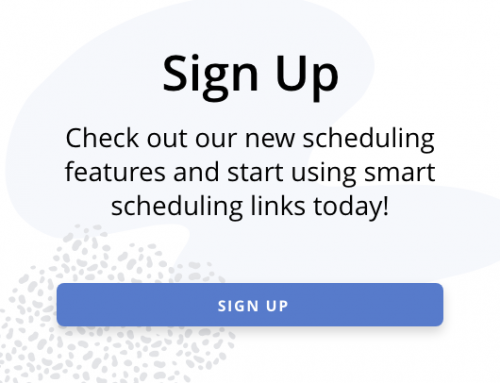


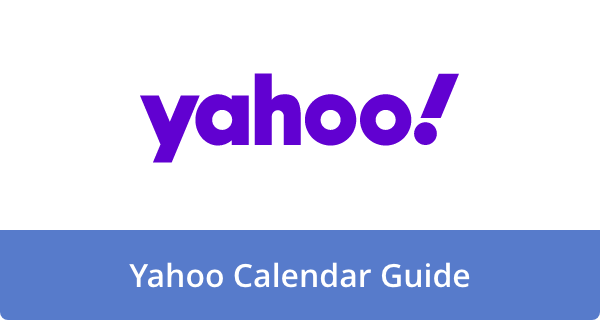
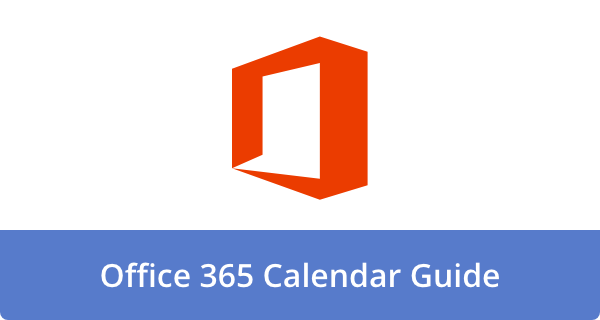
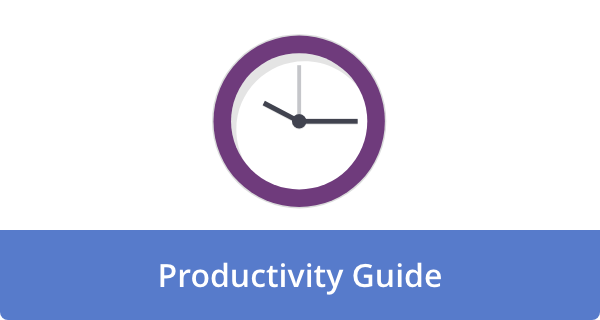


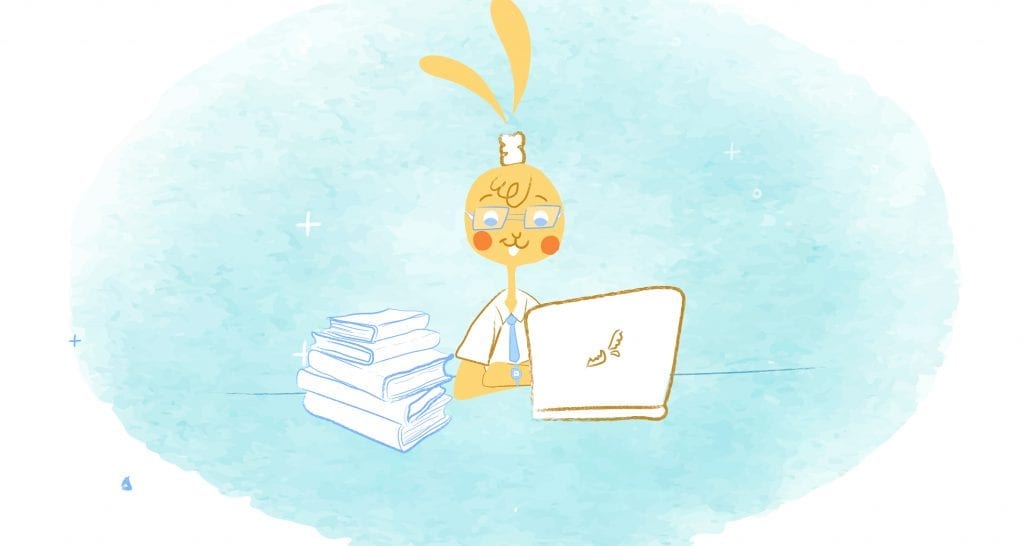
Thomas Murphy
Thomas Murphy, SVP of Client Development at EBG, brings over 20 years of experience in building brands centered on employee well-being. He specializes in leveraging technology to help companies recruit, retain, and rejuvenate their teams.